Researchers at CERN in Geneva has for the first time investigated the properties of antimatter atoms.
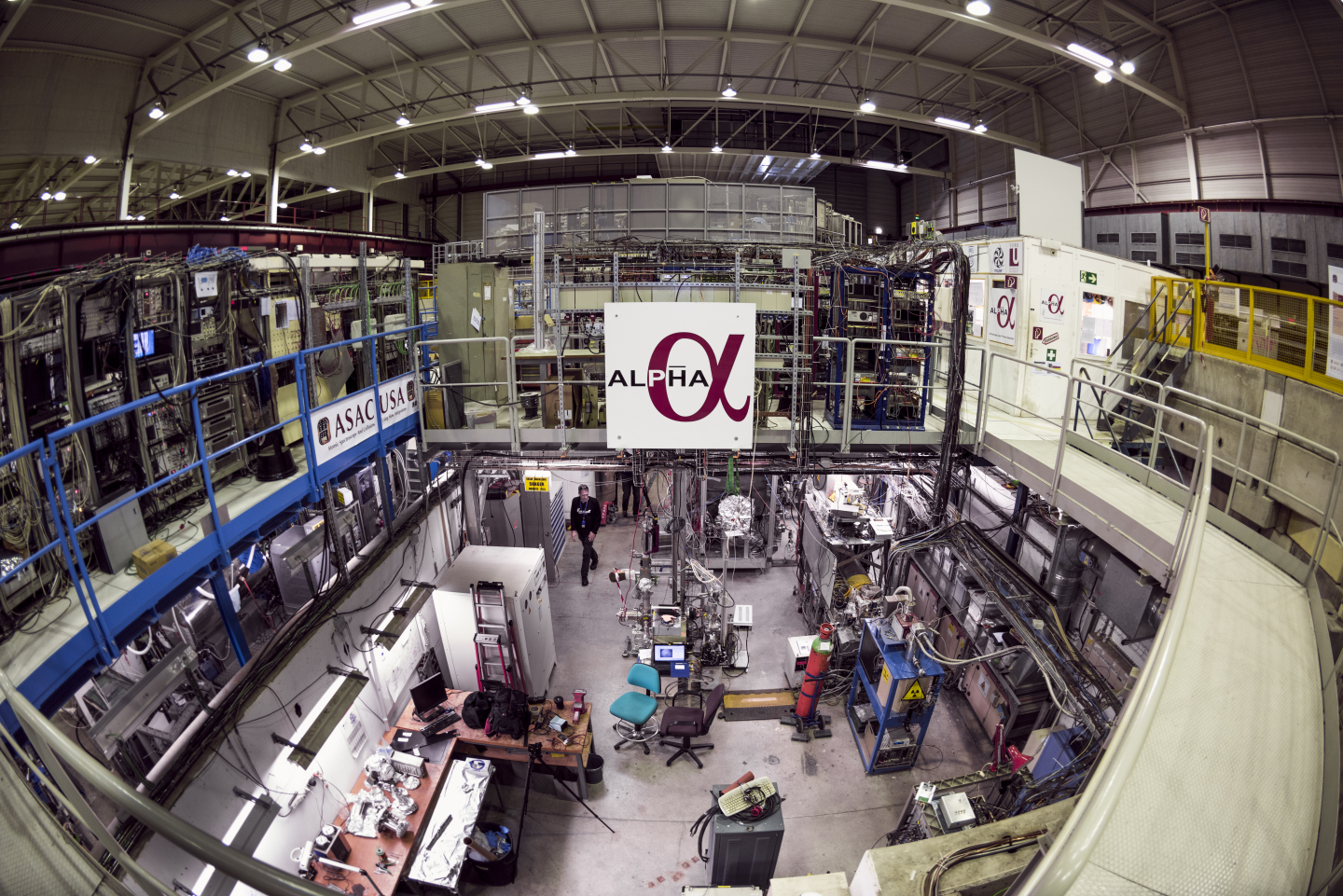
An analysis of anti-hydrogen atoms has taken us a little closer to solving one of the biggest mysteries of physics: why there is almost no antimatter in the universe.
All particles have an antiparticle with completely opposite characteristics. The antiparticle for electrons is called the positron, it is just like an electron, but positively charged instead of negatively charged. When a particle meets its antiparticle, they completely annihilate each other, and all that remains of their mass is pure energy.
Six years ago, researchers working on the Alpha experiment at CERN in Geneva managed to, for the first time, capture atoms of antimatter in a trap of magnets.
Hydrogen, the simplest of all atoms, consists of only a proton and an electron. The CERN scientists managed to get the positrons to go into orbit around the antiprotons and form atoms of anti-hydrogen, and then sustained them in a ‘magnetic trap’ to avoid matter and antimatter to bump into and annihilate each other.
Sustained in this artificial manner, they were then able to measure the characteristics of the anti-hydrogen: how much energy the positron sends out when it jumps from one level to another. Such energies signatures are a kind of fingerprint, unique for each element.
“Using a laser to observe a transition in antihydrogen and comparing it to hydrogen to see if they obey the same laws of physics has always been a key goal of antimatter research,” said Dr. Jeffrey Hangst, spokesperson of the ALPHA collaboration.
“Moving and trapping antiprotons or positrons is easy because they are charged particles,” Dr. Hangst said.
“But when you combine the two you get neutral antihydrogen, which is far more difficult to trap, so we have designed a very special magnetic trap that relies on the fact that antihydrogen is a little bit magnetic.”
Scientists believe that an equal amount of matter and antimatter was created when the universe came into being.
Since there is almost no antimatter left, there must have been a small surplus of matter to antimatter when the big bang took place, otherwise, all matter and anti.amtter would have annihilated each other.
The researchers now hope to find the difference between matter and antimatter by comparing fingerprints energies of hydrogen and anti-hydrogen.
“This first result implies that the 1S-2S transition in hydrogen and antihydrogen are not too different, and the next steps are to measure the transition’s lineshape and increase the precision of the measurement.”
Reference:
M. Ahmadi, B. X. R. Alves, C. J. Baker, W. Bertsche, E. Butler, A. Capra, C. Carruth, C. L. et al. Observation of the 1S–2S transition in trapped antihydrogen Nature (2016) doi:10.1038/nature21040

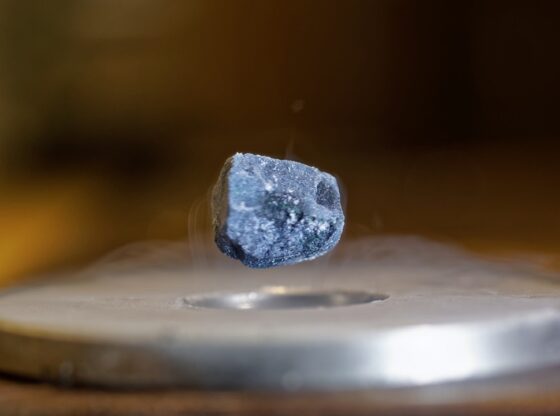

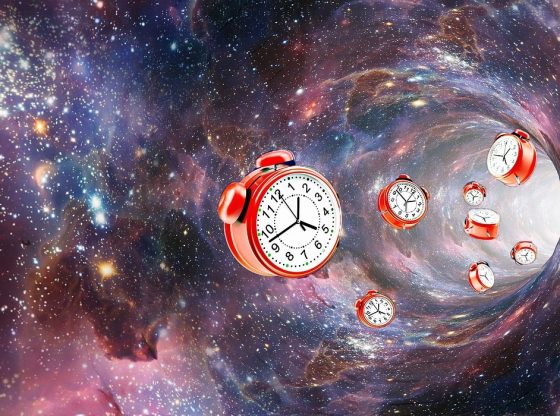
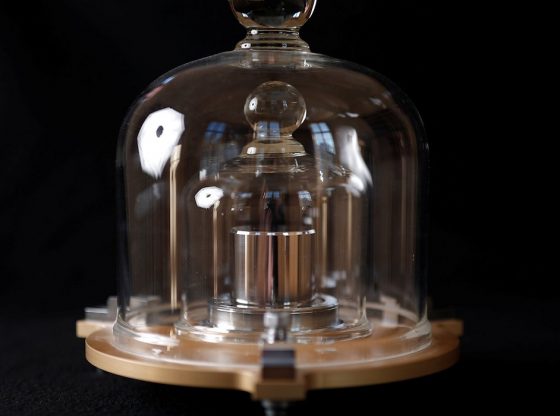
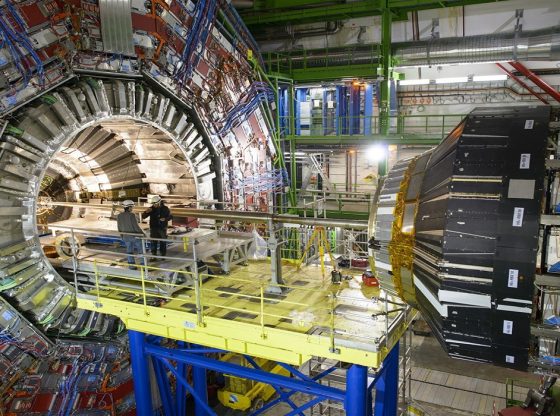
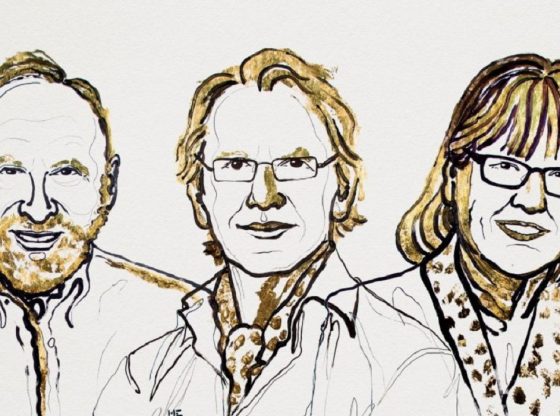
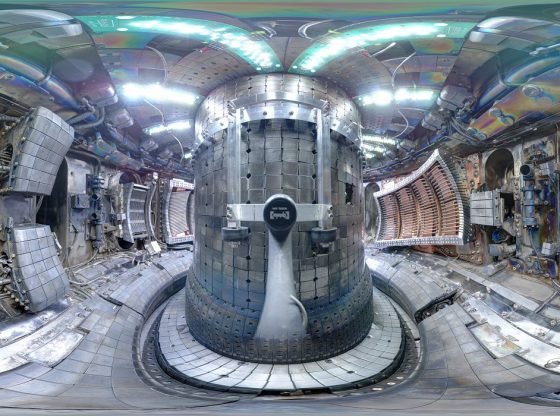
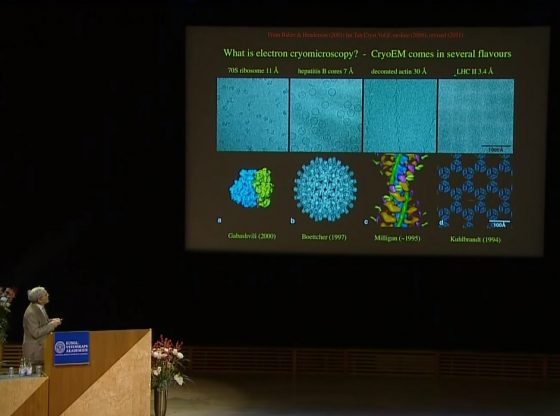
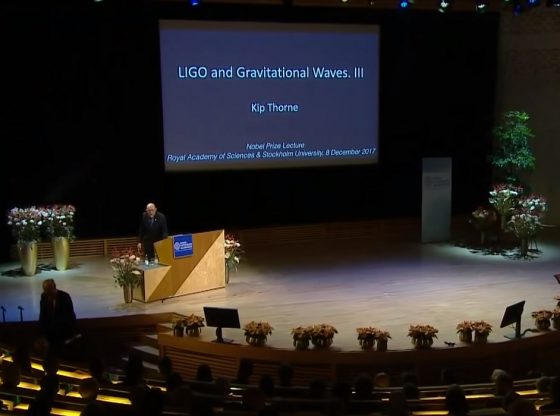
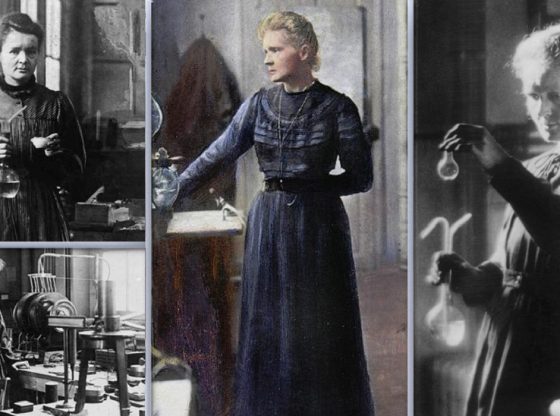
![OpenAI. (2025). ChatGPT [Large language model]. https://chatgpt.com](https://www.illustratedcuriosity.com/files/media/55136/b1b0b614-5b72-486c-901d-ff244549d67a-350x260.webp)
![OpenAI. (2025). ChatGPT [Large language model]. https://chatgpt.com](https://www.illustratedcuriosity.com/files/media/55124/79bc18fa-f616-4951-856f-cc724ad5d497-350x260.webp)
![OpenAI. (2025). ChatGPT [Large language model]. https://chatgpt.com](https://www.illustratedcuriosity.com/files/media/55099/2638a982-b4de-4913-8a1c-1479df352bf3-350x260.webp)








